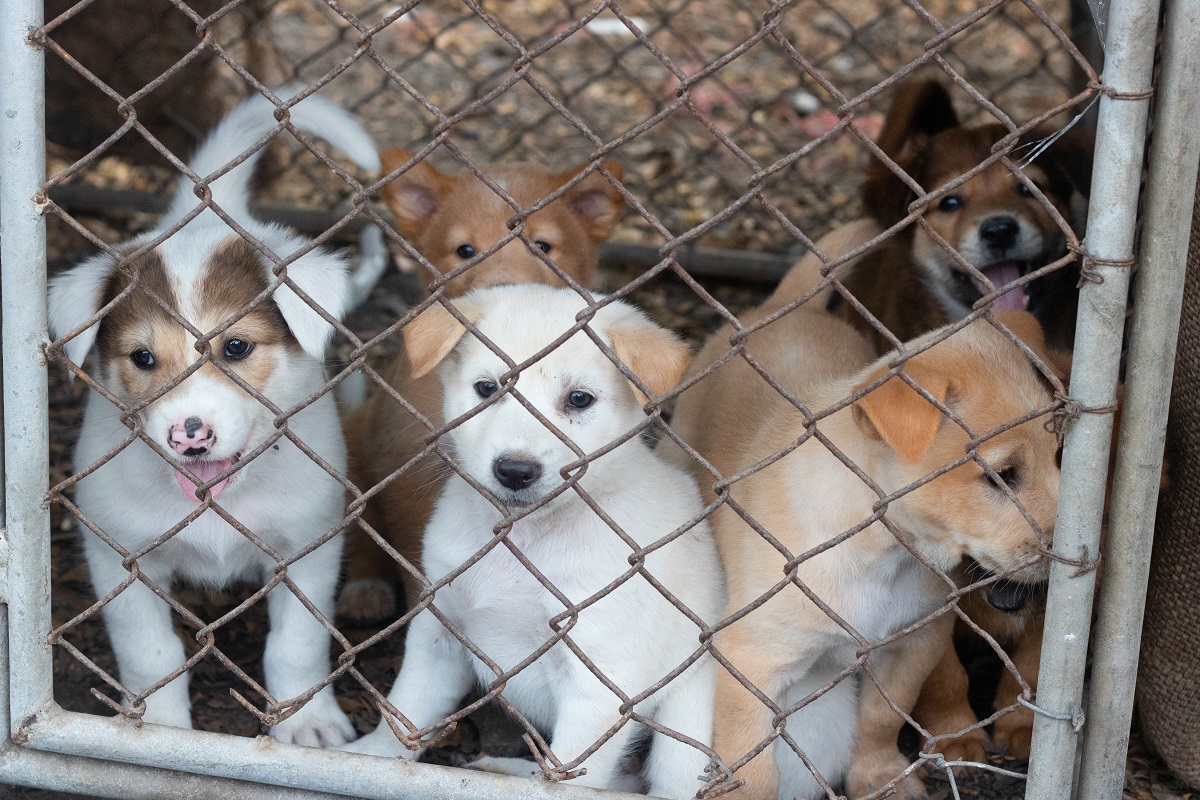The amended “puppy farming” Bill includes reduced staff ratios, an increased number of breeding females permitted per site, and new powers for the minister to approve commercial permits.
In a tight vote, the Labor Party, Greens, Animal Justice Party and Christian Democrats voted in favour, while The Liberals, Nationals, One Nation and Shooters, Fishers and Farmers Party voted against, with numbers falling 16 against and 17 in favour.
The original Companion Animals Amendment (Puppy Farms) Bill 2021 included 18 recommendations to curtail unscrupulous breeding practices, including several highly objectionable to the pet industry.
The Pet Industry Association Australia (PIAA) says wins in the amendments go some way in addressing their previous concerns.
Among the wins is a revised staff-to-animal ratio of 1:25. The previous proposal recommended a rate of one staff member for every five breeding animals, a rate that met with strong opposition from the industry.
“The originally proposed ratios of one staff to five breeding females was simply unrealistic and unworkable,” says Anthony Ramsey, President of PIAA.
“It would have well-exceeded ratios of staff to patients in nursing homes and teachers to children in early childhood education. Amending to one to 25 is a good compromise while still ensuring animal welfare requirements can be meet and breeders remain viable.”
Another win is loosening the cap of breeding animals allowed to be kept on a single premise, going from a limit of just ten to a revised limit of up to 50 animals.
“This amendment will allow larger breeding businesses to continue to operate. Proponents of the original legislation sought to conflate the size of breeding establishments with negative welfare outcomes,” says Ramsey.
“The reality is often very different, with some of the largest breeding establishments being those that care most for the enrichment and welfare of their animals, as the economy of scale of such facilities allows for financial investment in enrichment and quality of facilities that small breeders would never likely afford.
“PIAA remains concerned that breeding animals homed with loving families away from the breeding establishment are also to be included in the total number of breeding animals, even if they only spend a few months a year at the breeding facility.
“PIAA supports the 50-breeding animal limit but it should be worded such that there is a 50 animal limit on a commercial breeding facility at any point in time,” he said.
Ramsey adds that although the legislation is beginning to take shape, “it’s the amendments that haven’t yet been proposed that cause the greatest concern.
“Specifically, the current proposal to ban pet shops being able to sell puppies and kittens.”
He says this recommendation must be amended to allow retail pet shops that exceed the proposed requirements to remain in business.
Ramsey also objects to the arbitrary limit placed on the number of litters a breeding female can have in her lifetime, saying it’s not backed by science.
“PIAA prefers a scenario that has breeders work with their consulting veterinarian when deciding how frequently and how many litters as this can vary greatly between breeds and even between individual animals. If an arbitrary number of lifetime litters is adopted, it should be at least five,” he says.
Ramsey says there are further amendments need if PIAA is going to endorse the Bill fully and that they are committed to defending the rights of businesses to keep, breed and sell pets to the Australian public.
To stay up to date on the latest industry headlines, sign up to the Pet Industry News e-newsletter.

